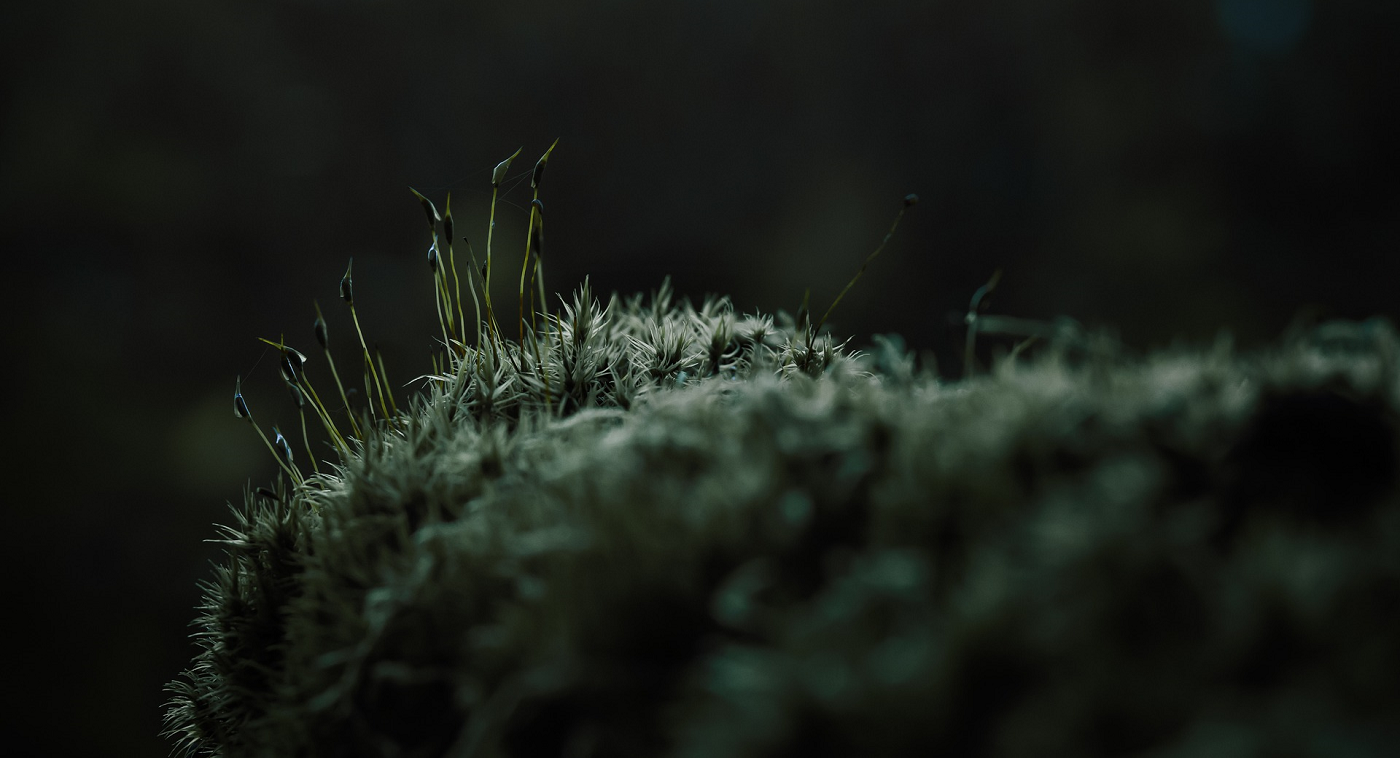Sō & Nui
Two celestial deities entwined in an eternal battle against the malicious Lord of Night, Kōlye. These are Sō and Nui, the gods of Yuiwia and the skybound bodies which bring light to day and night alike.
Sō is the light of day and the flame of life, his influence seen and felt in every aspect of everyday life. He is in every hunter and farmer, every servant and king. He stands stalwart between Kōlye and the world, so life could continue to flourish without fear.
Nui is the dim light wandering through the night unafraid. She does not act directly, but subtly reaches from the shadows to aid those in need. Her kiss of death secures rebirth for those who believe, thus saving the faithful from the chasm that lies below.
History
Multiple scholars have written many extensive and divergent versions of the origin of the celestials, and their place within the world since the First Age when the religion was first formed.
In most of these tales there were two suns before the arrival of Kōlye who killed Sō's brother and created night. This sparked the eternal war between Kōlye and Sō and gave birth to the cycle of day and night.
Nui's role shifted more from one story to the next. In some, she was the spouse of Sō's brother. Widowed, she grieved and her tears fell into the earth's oceans, giving life to a family of water snakes. In other tales it was her emphatizing with Sō's rage-filled grief which made her cry instead.
In all the stories Nui allied with Sō against Kōlye, though rarely were her methods as direct as those of the Lord of Day. In those versions where Nui was the spouse of Sō's seemingly unnamed brother, it was not unusual for Kōlye to chase after her, as he sought to steal all that the brother used to have even after defeating him.
Sō
Sō's symbol was a great, flame-feathered bird soaring through the sky. The bird, called sēhwa or sēbawa depending on the region and the writer, was said to be born at dawn and die at dusk at the hands of the coming night and its master Kōlye. A bird and a star together was also often combined to form the written name of Sō.
Sō's more human depictions were, among others, the Farmer, the Smith and the Mother - each an important aspect of life for any Yuiwian and indeed any human who lived in Nīwulā Valley. In times of war the Lord of Day was described as a warrior, whether it was a guardian with gold-shining shield and armor, or a hero with a glimmering glaive dancing through a battlefield like a raging inferno.
While within Yuiwian temples family structure was practically nonexistent, the Mother and motherhood as a whole was sacred to those dedicated to Sō. Birth was, after all, the beginning of life, and a miracle granted to mankind by the skybound god. The Mother was also the one instance where Sō, traditionally depicted as a more masculine figure, took on the form of a woman instead, often shown in art cradling a newborn in her arms.
Nui
Nui, also called the Moon-Mother and the Guide, was symbolized by her children the river snakes, an animal sacred to those dedicated to her. She is the lone wanderer of the skies and with her light can show a path for the lost and ignorant alike.
Her most often seen human form is a woman veiled in white with a hand reaching out toward the needy. This woman, called the Guide, was a popular depiction among seafarers and wanderers who sought safety from the dark night and, at times, had to rely on moonlight to show them the way.
Nui was also a guide to the scholars in search for wisdom and knowledge. The dark of night was a symbol of ignorance, and the silver light of Nui symbolized enlightenment, an escape toward wisdom. Later on the owl became another symbol for this particular aspect of Nui, and the symbol of wisdom and knowledge in general.
sō anuo higae a sēba
ēgi līlye a līho a ha
"Sō and his brother in the sky
without the shadow of night."
Information
Pronunciation
/ˈsoː/ and /ˈnui/
Table of Contents
ēha higae ko yozudeluo
kae ko siyoluo yo yuozela
"but the brother was cast down
he was broken into a sea of stars."
ago na līho ko pieyoluo
wu kōlye, na lina a nasēhyu
"from it was created the night
by Kōlye, child of Nasēhyu."
The Brother of Sō
Though the doom of Sō's brother and kin was the sparking event for the eternal battle between him and Kōlye, in all versions he has been left almost deliberately unnamed, and called only "the brother".
Any descriptions of his appearance remain similarly absent, though common theory assumes a similarity to Sō considering their claimed ties as siblings.


Comments